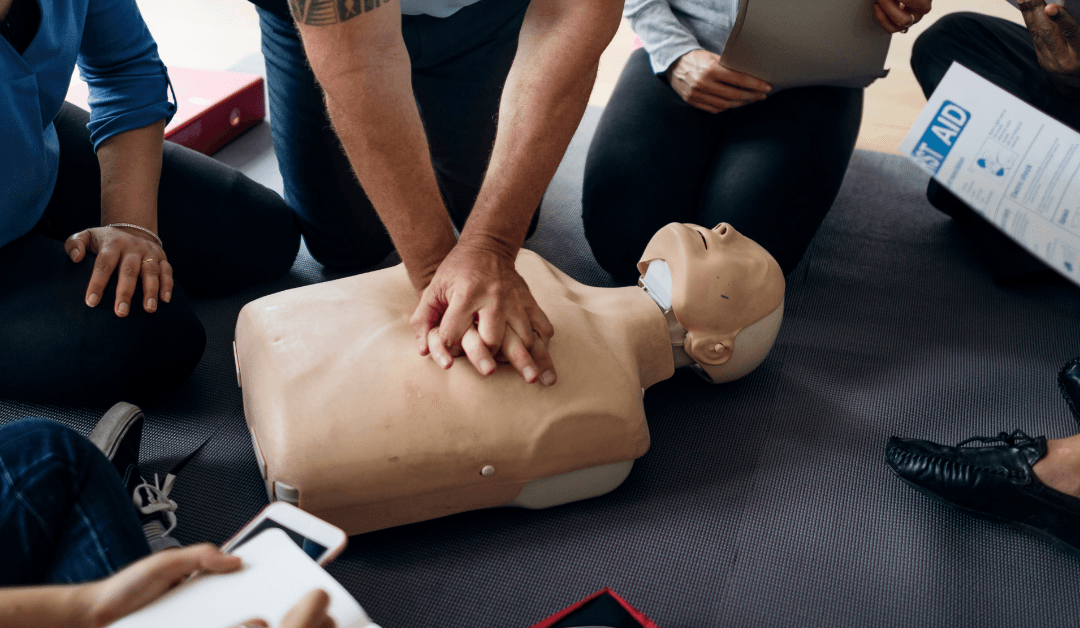The Vital Role of Life Support Training
Introduction to Life Support Training
Life support training equips individuals with essential skills to provide immediate assistance in emergencies. Whether in a professional healthcare setting or everyday situations, having the knowledge and ability to perform life-saving techniques can significantly impact survival rates. This article delves into the vital role of life support training, its importance, and the skills it encompasses.
The Importance of Life Support Training
Saving Lives in Critical Situations
The primary objective of life support training is to save lives. When emergencies occur, such as cardiac arrest or severe injuries, timely intervention can make a crucial difference. Studies indicate that immediate application of cardiopulmonary resuscitation (CPR) can double or triple a victim’s chances of survival. Life support training prepares individuals to respond swiftly and effectively in these critical moments, bridging the gap until professional medical assistance arrives.
Empowering Individuals with Confidence
Life support training empowers individuals by providing them with the knowledge and skills necessary to act in emergencies. Many people feel helpless in crisis situations, often frozen by fear or uncertainty. Training boosts confidence, enabling individuals to take decisive action. This empowerment fosters a culture of responsibility, encouraging more people to participate in training programs and prepare for emergencies.
Creating Safer Communities
Communities with a higher percentage of trained individuals experience improved safety outcomes. When more people are equipped with life support skills, the collective response to emergencies becomes more effective. This shared knowledge creates a network of individuals ready to help, ultimately enhancing community resilience. Life support training is essential for workplaces, schools, and public spaces, ensuring that safety is a communal priority.
Key Components of Life Support Training
Cardiopulmonary Resuscitation (CPR)
CPR is one of the most critical components of life support training. This technique is essential for anyone witnessing a cardiac arrest. Participants learn how to perform chest compressions and rescue breaths effectively, understanding the science behind keeping blood and oxygen flowing to vital organs. The emphasis on hands-on practice ensures that individuals can perform CPR confidently in real-life scenarios.
Automated External Defibrillator (AED) Training
The use of Automated External Defibrillators (AEDs) is integral to life support training. AEDs are portable devices that can deliver an electric shock to the heart, potentially restoring a normal rhythm during cardiac arrest. Training includes instructions on how to operate an AED, ensuring individuals are familiar with the device’s use. Knowing how to locate and utilize an AED can greatly improve outcomes in emergencies.
First Aid Techniques
Life support training encompasses various first aid techniques to address a range of emergencies. Participants learn how to assess injuries, control bleeding, and treat other acute conditions. Skills such as wound care, managing burns, and recognizing signs of shock are critical in providing immediate care. First aid knowledge can stabilize a patient’s condition until advanced medical help arrives.

The Vital Role of Life Support Training
Addressing Common Misconceptions
Life Support Training is Only for Healthcare Professionals
A common misconception is that life support training is only necessary for healthcare professionals. However, life support skills are invaluable for anyone. Emergencies can occur in everyday settings, and having more individuals trained to respond can significantly improve survival rates. Training programs are designed to be accessible, ensuring that everyone, regardless of their background, can learn these vital skills.
It’s Too Complicated to Learn
Many individuals believe that life support techniques are too complex to master. However, training programs simplify these skills through practical demonstrations and hands-on practice. Participants are guided step-by-step through each technique, making the learning process manageable and effective. With ongoing practice, individuals can become proficient in life support skills, increasing their confidence in emergencies.
Real-Life Applications of Life Support Training
Case Studies Highlighting Impact
Numerous case studies demonstrate the positive impact of life support training on survival rates. For instance, a bystander who administers CPR within minutes of cardiac arrest can dramatically increase the victim’s chances of survival. In communities with robust life support training initiatives, the number of lives saved during emergencies has risen significantly. These real-life examples highlight the critical importance of equipping individuals with life support skills.
Workplace Safety Initiatives
Many organizations recognize the importance of life support training and implement it as part of their workplace safety initiatives. Training employees in CPR, AED usage, and first aid not only enhances safety but also fosters a culture of care and responsibility. Companies that prioritize life support training can create a safer work environment, reducing the risk of accidents and improving employee morale.
The Future of Life Support Training
Innovations in Training Methods
The field of life support training continues to evolve with advancements in technology. Online training modules, virtual simulations, and mobile applications make life support skills more accessible to a broader audience. These innovations allow individuals to learn at their own pace while still receiving practical experience during in-person sessions. Such developments ensure that life support training remains relevant and engaging.
Advocacy for Policy Changes
Advocacy for policies that mandate life support training in schools, public facilities, and workplaces is gaining traction. Policies that require life support training can ensure that a larger segment of the population is prepared to respond in emergencies. By prioritizing life support training at the policy level, communities can enhance overall safety and preparedness.
Conclusion
Life support training plays a vital role in saving lives and empowering individuals. The skills acquired through life support training equip people to respond effectively to emergencies, fostering a sense of responsibility and community. By addressing common misconceptions and emphasizing the importance of training, we can encourage more individuals to participate in these programs. Investing in life support training is a commitment to safety, readiness, and the value of human life. Ultimately, the goal is to create a society where everyone has the skills and confidence to act in emergencies, ensuring a safer future for all.

